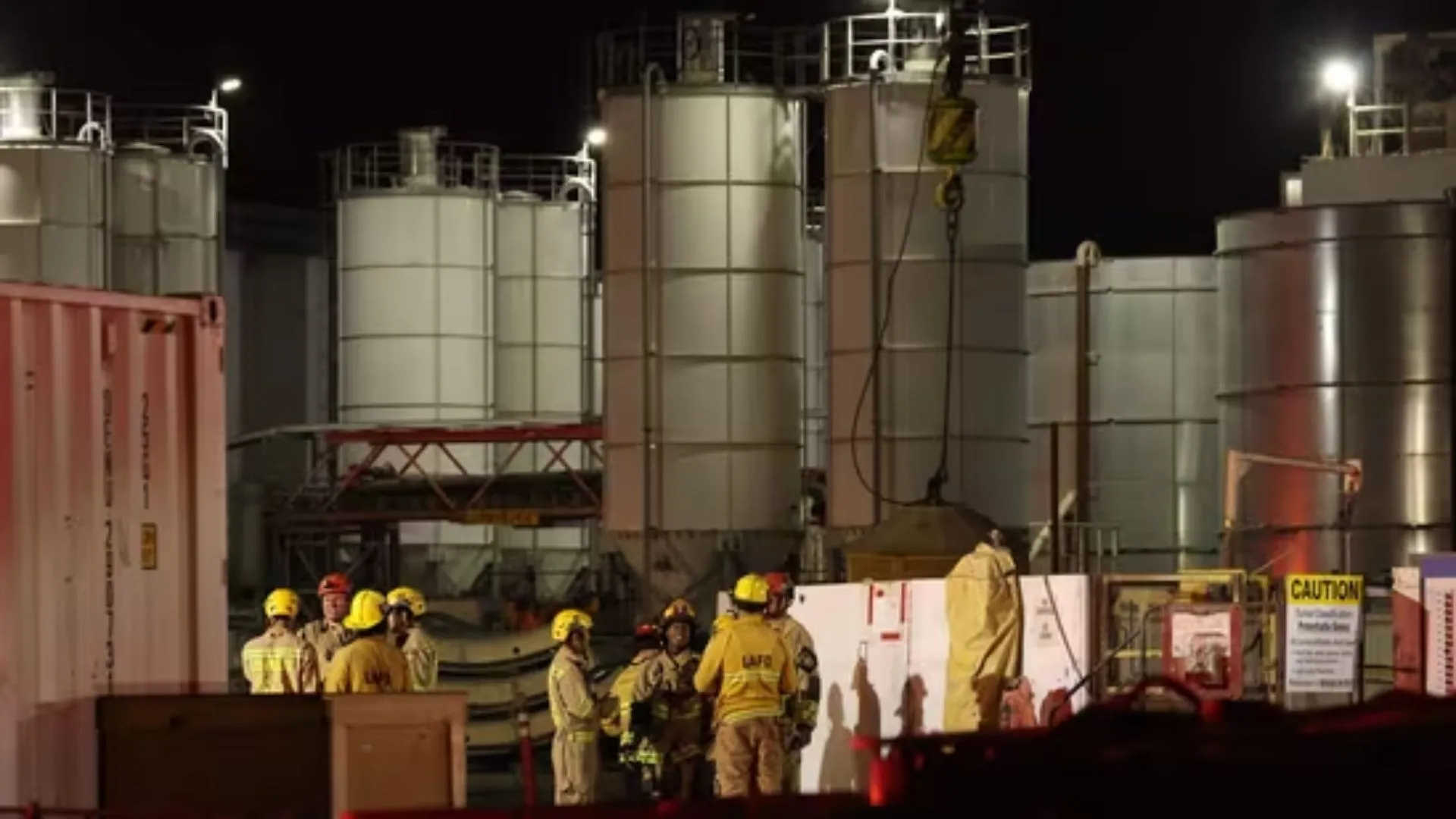Mount Rainier, one of Washington’s most renowned peaks, has been experiencing increased seismic activity over the past day. On the morning of July 8, the United States Geological Survey (USGS) reported the ‘largest’ earthquake swarm at the volcano since 2009, beginning at 1:29 AM PT.
By 9 AM, data shared via an X post (formerly Twitter) revealed that ‘hundreds’ of minor earthquakes had already been recorded, with the strongest reaching a magnitude of 1.7.
An earthquake swarm began at Mt. Rainier, WA, at 1:29 am PDT on July 8. Map shows current swarm (orange) with all earthquakes located since 2020 (blue). According to @PNSN, hundreds of events have occurred thus far (max M1.7). This is the largest swarm at Mt. Rainier since 2009. pic.twitter.com/0nrnpohN6u
— USGS Volcanoes🌋 (@USGSVolcanoes) July 8, 2025
While the sudden increase in quakes has sent shock waves through the region, experts are calling for a chill pill. The Pacific Northwest Seismic Network (PNSN), which monitors volcanic and seismic activity in the region closely, reassured the public that there’s ‘no indication that the level of activity is cause for concern, alert level and color code for Mount Rainier remain at GREEN/NORMAL’.
The USGS explained that although they have not pinpointed a precise trigger, previous swarms similar to this have generally been attributed to ‘circulation of hydrothermal fluids beneath the summit interacting with preexisting faults’.
Closely Watched, Long-Time Active
“Mount Rainier is closely monitored by a network of dense seismic, infrasound, GPS, and webcam stations,” the USGS pointed out, noting that ‘no other changes are apparent at the volcano at this time’.
Mount Rainier is the second-most seismically active volcano in the northern Cascade Range and is considered ‘potentially the most hazardous volcano in the Cascade Range due to its large height, recurrent earthquakes, active hydrothermal system, and large glacier cover’.
Although it hasn’t had a ‘major eruption’ in over 500 years, scientists periodically register ‘a few hundred’ tiny earthquakes annually in and about the volcano.
What is an Earthquake Swarm?
These groups of quakes, or earthquake swarms, are a series of small tremors that occur in one place over a short time. Most of them, according to PNSN, are not hazardous and are generally associated with volcanic-tectonic activity. As they describe, “Volcanic-tectonic earthquakes (VTs) are, simply put, caused by slip on a fault near a volcano.” This kind of activity usually takes place where the Earth’s crust is already weak.





















